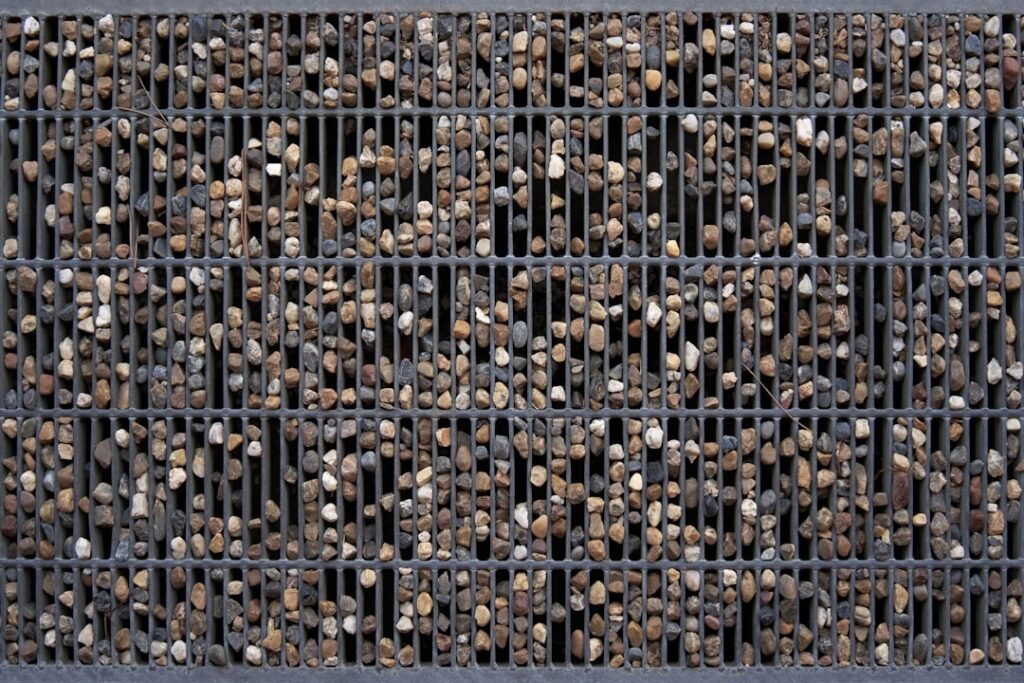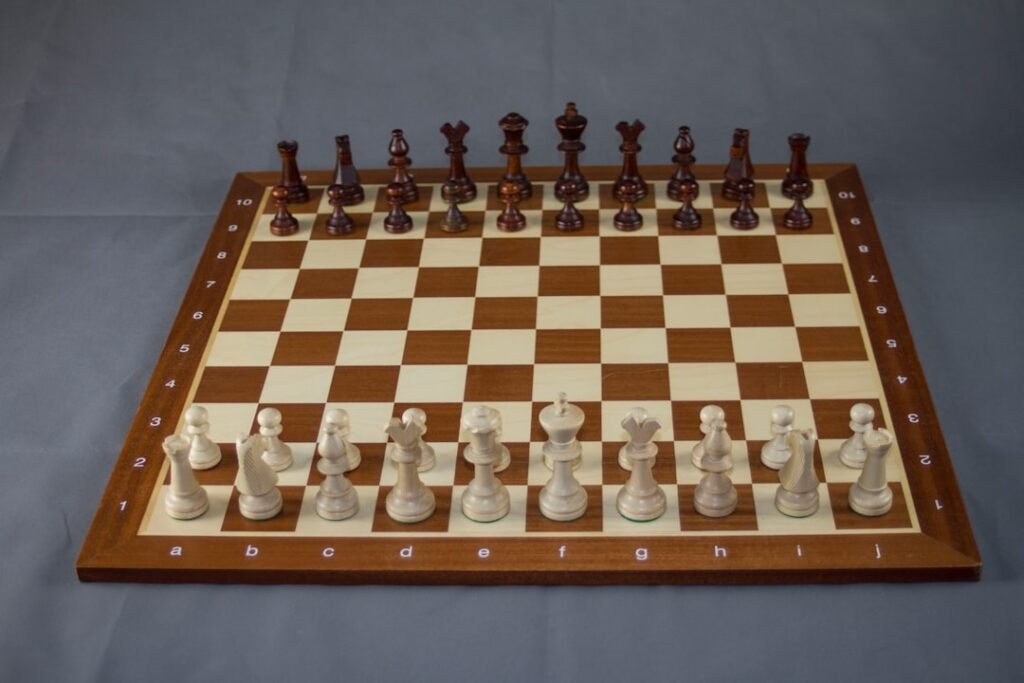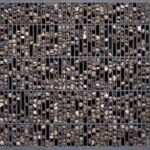Now Reading: Captivating Cutscenes: Gaming’s Most Beautiful Animation
-
01
Captivating Cutscenes: Gaming’s Most Beautiful Animation
Captivating Cutscenes: Gaming’s Most Beautiful Animation

As I reflect on the journey of video games, one of the most fascinating aspects is the evolution of cutscenes. In the early days of gaming, cutscenes were rudimentary, often consisting of simple text boxes and static images. These early attempts at storytelling were limited by the technology of the time, but they laid the groundwork for what would become a vital component of modern gaming.
I remember playing titles like “Final Fantasy” and “The Legend of Zelda,” where the narrative was conveyed through pixelated graphics and text dialogues. Even though these cutscenes were basic, they sparked my imagination and drew me deeper into the game world. As technology advanced, so did the complexity and quality of cutscenes.
The introduction of 3D graphics in the 1990s marked a significant turning point. Games like “Metal Gear Solid” showcased cinematic cutscenes that were not only visually stunning but also integral to the storytelling process. I found myself captivated by the characters and their journeys, as these cutscenes provided context and emotional depth that was previously unattainable.
The evolution continued with the advent of motion capture technology, allowing developers to create lifelike animations that brought characters to life in ways I had never experienced before. This progression has transformed cutscenes from mere interludes into essential storytelling devices that enhance the overall gaming experience.
Key Takeaways
- Cutscenes have evolved from simple text-based narratives to high-quality cinematic experiences, enhancing the storytelling aspect of gaming.
- High-quality animation in cutscenes has significantly improved the visual appeal and overall gaming experience for players.
- Cutscenes play a crucial role in immersing players in the game’s narrative, creating a more engaging and memorable experience.
- The artistry behind captivating cutscenes lies in the combination of storytelling, animation, and sound design to evoke emotions and captivate the audience.
- Cutscenes have a significant influence on player engagement, as they provide a break from gameplay while advancing the storyline and creating emotional connections with the characters.
The Impact of High-Quality Animation on Gaming
High-quality animation has had a profound impact on gaming, elevating it from a simple pastime to an immersive art form. As I engage with games that feature stunning animations, I am often struck by how they enhance my emotional connection to the characters and storylines. The fluidity of movement, attention to detail, and realistic facial expressions all contribute to a more engaging experience.
When I see a character’s face light up with joy or contort in anguish, I feel a deeper empathy for their struggles and triumphs. This level of animation allows me to invest emotionally in the narrative, making each victory feel earned and each loss resonate. Moreover, high-quality animation has expanded the possibilities for storytelling within games.
With advancements in technology, developers can create intricate narratives that rival those found in films and literature. I find myself drawn into complex plots that unfold through beautifully animated cutscenes, where every frame is meticulously crafted to convey emotion and meaning. This has led to a new era of storytelling in gaming, where players are not just passive observers but active participants in a rich narrative tapestry.
The impact of high-quality animation is undeniable; it has transformed gaming into a medium capable of delivering profound emotional experiences.
The Role of Cutscenes in Immersive Storytelling

Cutscenes play a pivotal role in immersive storytelling, serving as bridges between gameplay segments that deepen my understanding of the narrative. They provide context, character development, and plot progression, allowing me to become fully invested in the game world. When I encounter a well-crafted cutscene, it feels like a natural extension of the gameplay rather than a disruptive interruption. This seamless integration enhances my immersion, making me feel as though I am part of the unfolding story rather than merely an observer. In many cases, cutscenes also serve to heighten tension and anticipation. I recall moments in games where a climactic cutscene would lead directly into an intense boss battle or pivotal gameplay moment. This transition creates a sense of urgency and excitement that keeps me on the edge of my seat.
The emotional stakes are raised as I witness characters face their challenges head-on, and I am compelled to take action alongside them. Through this interplay between cutscenes and gameplay, I find myself more deeply engaged in the narrative, eager to see how it unfolds.
The Artistry Behind Captivating Cutscenes
The artistry behind captivating cutscenes is a blend of creativity, technical skill, and storytelling prowess. As I watch these animated sequences unfold, I am often amazed by the level of detail that goes into crafting each frame. From character design to lighting and sound design, every element is meticulously considered to create a cohesive visual experience.
The artistry involved in cutscenes is akin to that of filmmaking; it requires a keen understanding of pacing, composition, and emotional resonance. Moreover, the use of symbolism and visual metaphors in cutscenes adds layers of meaning that enrich my understanding of the narrative. I appreciate how certain visual motifs can evoke specific emotions or foreshadow events to come.
For instance, a character standing alone in a darkened room may symbolize their internal struggle or isolation. These artistic choices elevate cutscenes beyond mere exposition; they become powerful storytelling tools that invite me to engage with the narrative on a deeper level.
The Influence of Cutscenes on Player Engagement
Cutscenes have a significant influence on player engagement, acting as catalysts for emotional investment and connection to the game world. When I encounter a well-executed cutscene, it often reignites my passion for the game and motivates me to continue playing. These moments serve as rewards for my progress, offering insights into character motivations and plot developments that keep me eager for more.
The anticipation built during these sequences can be palpable; I find myself leaning forward in my seat, fully immersed in what will happen next. Additionally, cutscenes can create memorable experiences that linger long after I’ve finished playing. I often recall specific moments from games where cutscenes left a lasting impression on me—whether it was a heart-wrenching farewell or an unexpected plot twist.
These experiences contribute to my overall enjoyment of the game and foster a sense of nostalgia that keeps me coming back for more. The emotional highs and lows experienced during these sequences enhance my connection to the game, making it more than just a series of challenges but rather an unforgettable journey.
The Most Memorable Cutscenes in Gaming History

Throughout gaming history, there have been countless memorable cutscenes that have left an indelible mark on players like myself. One such moment is from “Final Fantasy VII,” where Aerith’s tragic fate unfolds before our eyes. The emotional weight of that scene resonated deeply with me, showcasing how powerful storytelling can be within a game.
It was not just about losing a character; it was about losing hope and innocence in a world filled with conflict. Another iconic cutscene that stands out is from “The Last of Us,” where Joel’s decision at the end leaves players grappling with moral ambiguity. This moment encapsulated the essence of the game’s themes—love, sacrifice, and the lengths one will go to protect those they care about.
As I watched this scene unfold, I felt a whirlwind of emotions that challenged my perceptions of right and wrong. These memorable cutscenes are not just highlights; they are pivotal moments that shape our understanding of characters and narratives within gaming.
How Technology has Advanced Cutscene Animation
The advancement of technology has revolutionized cutscene animation in ways that were once unimaginable. As I look back at earlier games with pixelated graphics and limited animations, it’s astounding to see how far we’ve come. Modern games utilize sophisticated rendering techniques and motion capture technology to create lifelike characters and environments that draw me into their worlds.
The realism achieved through these advancements allows me to connect with characters on an emotional level like never before.
Instead of being separate entities, many modern games now feature dynamic cutscenes that seamlessly transition into gameplay without interruption.
This innovation enhances immersion by allowing me to experience pivotal moments without breaking my connection to the game world. As technology continues to evolve, I can only imagine what future advancements will bring to cutscene animation—perhaps even more interactive narratives where my choices directly influence how scenes unfold.
The Importance of Seamless Integration of Cutscenes in Gameplay
Seamless integration of cutscenes into gameplay is crucial for maintaining immersion and player engagement. When I encounter a game where cutscenes feel disjointed or interruptive, it can pull me out of the experience entirely. However, when done right, these transitions can enhance my connection to the story and characters.
A well-executed transition from gameplay to cutscene can create a sense of continuity that keeps me invested in the narrative flow. I appreciate games that utilize techniques such as blending gameplay mechanics with cinematic moments—where my actions directly influence what happens during a cutscene or where gameplay elements carry over into these sequences. This approach not only maintains immersion but also reinforces my agency as a player.
It reminds me that I am an active participant in shaping the story rather than just passively observing it unfold.
The Future of Cutscenes in Gaming
As I contemplate the future of cutscenes in gaming, I am filled with excitement about the possibilities that lie ahead. With advancements in virtual reality (VR) and augmented reality (AR), I envision a future where cutscenes become even more immersive and interactive experiences. Imagine being able to step into a game world during pivotal moments—experiencing events from different perspectives or even influencing outcomes through my choices in real-time.
Additionally, artificial intelligence (AI) could play a significant role in shaping how narratives unfold within games. AI-driven characters could adapt their responses based on my actions or decisions throughout the game, creating personalized experiences that feel unique to each player. This level of interactivity could redefine what we consider traditional cutscenes, blurring the lines between gameplay and storytelling even further.
The Psychology of Emotion in Cutscene Animation
The psychology behind emotion in cutscene animation is a fascinating area that influences how I connect with characters and narratives within games. As I watch animated sequences unfold, various psychological triggers come into play—such as music cues, facial expressions, and pacing—that evoke specific emotional responses within me. For instance, a slow build-up accompanied by melancholic music can heighten feelings of sadness or nostalgia.
Moreover, understanding character motivations and backstories enhances my emotional investment during cutscenes. When developers take the time to craft relatable characters with depth, it allows me to empathize with their struggles and triumphs on a personal level. This emotional resonance is what makes certain cutscenes unforgettable; they tap into universal themes that resonate with my own experiences and feelings.
The Collaboration Between Game Developers and Animation Studios
The collaboration between game developers and animation studios is essential for creating captivating cutscenes that resonate with players like myself. This partnership brings together diverse skill sets—storytelling expertise from developers combined with artistic vision from animators—to produce sequences that elevate the overall gaming experience. As I witness this collaboration unfold onscreen, it becomes clear how vital each role is in crafting compelling narratives.
I appreciate when developers work closely with animators during pre-production stages to ensure that character designs align with narrative goals while also considering technical limitations. This synergy allows for smoother transitions between gameplay and cutscenes while maintaining visual consistency throughout the game world. Ultimately, this collaboration results in immersive experiences that leave lasting impressions on players like me—reminding us why we fell in love with gaming in the first place.
In conclusion, as I reflect on the evolution of cutscenes in gaming—from their humble beginnings to their current status as integral components of storytelling—I am filled with appreciation for how far we have come as an industry. High-quality animation has transformed our emotional connections with characters while enhancing player engagement through memorable moments woven into narratives we cherish deeply. As technology continues its relentless march forward alongside artistic innovation within this medium—there’s no telling what incredible experiences await us all in future adventures yet to come!
If you’re a fan of beautifully animated cutscenes in gaming, you may also be interested in learning about the best gaming headsets under $100. Check out this complete buyer’s guide to find the perfect headset for your gaming experience. Having a high-quality headset can enhance the audio experience of cutscenes and immerse you even further into the game’s world.
FAQs
What are cutscenes in gaming?
Cutscenes are non-interactive sequences in video games that are used to advance the storyline, provide background information, or showcase important events. They are often beautifully animated and can be either pre-rendered or rendered in real-time using the game’s engine.
What makes a cutscene beautifully animated?
Beautifully animated cutscenes in gaming are characterized by high-quality graphics, fluid animation, attention to detail, and expressive character movements. They often feature stunning visual effects, cinematic camera angles, and seamless transitions between gameplay and storytelling.
Which games are known for their beautifully animated cutscenes?
Several games are renowned for their beautifully animated cutscenes, including “Final Fantasy VII Remake,” “The Last of Us Part II,” “God of War,” “Red Dead Redemption 2,” “Uncharted 4: A Thief’s End,” “The Legend of Zelda: Breath of the Wild,” and “Kingdom Hearts III,” among others.
How do beautifully animated cutscenes enhance the gaming experience?
Beautifully animated cutscenes enhance the gaming experience by immersing players in the game’s world, deepening the emotional impact of the story, and providing a visually captivating narrative. They can also serve as a reward for players’ progress and contribute to the overall atmosphere and tone of the game.
What are some of the technical advancements that have improved the quality of animated cutscenes in gaming?
Technical advancements such as motion capture technology, improved graphics engines, advanced rendering techniques, and the use of high-definition textures and lighting have significantly enhanced the quality of animated cutscenes in gaming. These advancements have allowed for more realistic character animations, lifelike facial expressions, and cinematic visual effects.



























